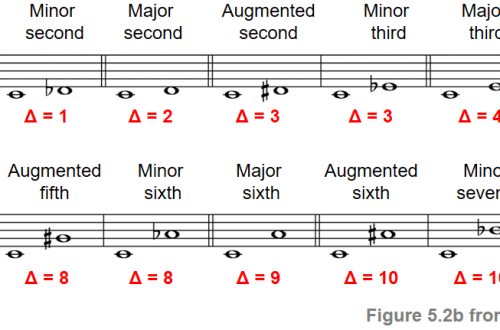
Dominant seventh chord and its appeal
Contents
Which chord is as popular as the main triads?
Seventh chord
Recall that a seventh chord is a chord consisting of four sounds, in which the intervals between adjacent sounds make up a third. The interval between the extreme sounds is a seventh, which formed the name of the chord.
Dominant seventh chord
There are a lot of options for the seventh chord. The most common is the seventh chord, built from the fifth degree (in major or harmonic minor). Since the V step is called “dominant”, the seventh chord built from the dominant is called the dominant seventh chord . The chord is indicated by the number 7. For example: A7. The sounds of a chord have the following names (from bottom to top):
- Prima. This is the base of the chord, the lowest sound;
- Third;
- Quint;
- Seventh. The highest sound. From prima to seventh – the interval of “septim”.
The dominant seventh chord consists of a major triad, to which a minor third was added on top. The following intervals are involved (from prima to seventh): b.3, m.3, m.3. The figure below shows two dominant seventh chords: for major and minor. The examples are given for the keys of D-dur and H-moll, pay attention to the accidentals. If you wish, you can build dominant seventh chords yourself in C-dur and A-moll, which have already become common for us.
Designation of seventh chords
Seventh chords are designated as follows: the degree from which it is built is indicated by a Roman numeral, then the number 7 is added (the designation of the interval “septim”). For example, the dominant seventh chord is indicated as follows: “V7” (V step, 7 (septim)). Note that usually the step number is replaced by the letter designation of the note. For example, in the key of C-dur, the V step is the note G. Then the dominant seventh chord in the key of C-dur can be denoted as follows: G7.
Example for D major
Steps: D (I), E (II), F # (III), G (IV), A (V) , H (VI), C # (VII). We have singled out the V step, and from it we build a dominant seventh chord: from the note A we build a major triad, and then we add a small third from above. You can listen to the sound of the chord by clicking on the picture:

Figure 1. An example of a dominant seventh chord
Example for H-moll
Steps: H(I), C#(II), D(III), E(IV), F#(V) , G(VI), A(VII). Absolutely also we build a chord: V degree – note F#. From it we build a major triad upwards, and add a minor third on top:

Figure 2. An example of a dominant seventh chord
Inversions of the dominants of the seventh chord
The chord has three inversions. The names of the invocations include the intervals between the lower sound, the base and the top. Here is a list of names of references to the dominant seventh chord, from which step they are built and what intervals are involved:
- quintsextachchord (
 ). It is built on the 7th stage. Intervals: m.3, m.3, b.2
). It is built on the 7th stage. Intervals: m.3, m.3, b.2 - third quarter chord (
 ). It is built on the II stage. Intervals: m.3, b.2, b.3
). It is built on the II stage. Intervals: m.3, b.2, b.3 - second chord (2). It is built on the IV stage. Intervals: b.2, b.3, m.3
Permissions
Since there are dissonant intervals in the dominant seventh chord and its inversions, these chords are dissonant and require resolution. They are resolved using the system of gravity of unstable sounds into stable ones. Moreover, if this system indicates the same stable one for several unstable sounds, then several unstable ones are resolved into one stable one. For example, the dominant seventh chord (4 sounds) is resolved into an incomplete triad (2 sounds): II, V, VII steps are resolved into the I step:

Figure 3. Resolution of the dominant seventh chord
Dominant seventh chord
(Your browser must support flash)
Results
You got acquainted with the dominant seventh chord , its appeals and permissions.




